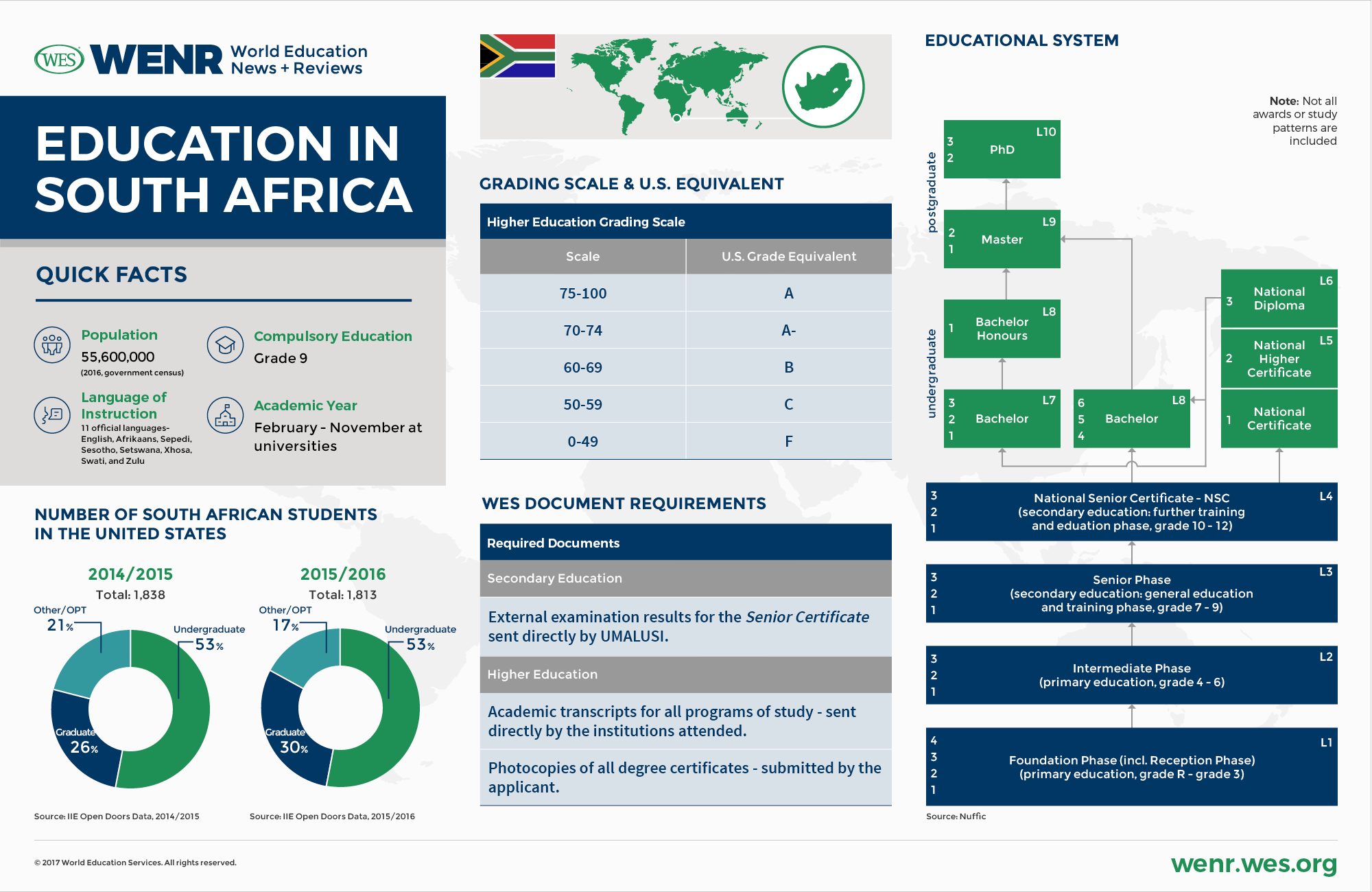68494 Seminar: Global Classrooms: Educational Journeys
WikiWikiWeb
Version 1, letzte Änderung 16.10.2022, 11:19 von Sabine Blake.
Welcome to our Classroom Wiki on Grading Systems around the globe
Please choose an area of interest and contribute to it.
Feel free to edit pages or create your own. Always clearly identify the source you have used.
Our classroom wiki should be a unique reflection of our cultural interests and experiences in the field of education.
Have fun!
![blob[3]](https://studip.uni-passau.de/studip/sendfile.php?type=0&file_id=e157cb636eb2538330910748972e8444&file_name=blob%5B3%5D) RATIONALE (making the teaching process visible) - Why are we using a Classroom Wiki?
RATIONALE (making the teaching process visible) - Why are we using a Classroom Wiki?
1. Collaborative learning:
Grading Systems (by country)
2. Wiki content creation as teaching tool and independent learning resource:
Experiencing the creation of Wiki content as "reflective" learner will allow you to identify pitfalls and avoid them when using this learning tool as future teacher with your own classes.
Be reflective, be critical: What could be improved? Are all sources quoted correctly? Would you set this Wiki task as a teacher? Would you write this "welcome page"? How could it be written better? What guidance is missing?
"One of the primary reasons to use wikis is because they help your students reach Bloom’s higher order skills – things like creating and evaluating. Additionally, wikis achieve many of Chickering and Ehrmann good teaching practices including cooperation between students, active learning, prompt feedback from peers, time on task, the articulation of high expectations, and support for diverse talents. Practically, we also think that wikis are a good tool to use because access and editing can be controlled by the instructor thus making a wiki public or private. Additionally, wikis are accessible online and include user friendly features that require little training. It’s likely your students will know exactly what to do!"
(Vanderbilt University, Centre for Teaching, Teaching Guides, Wiki. Available at https://cft.vanderbilt.edu/guides-sub-pages/wikis/)
(nach oben)
International summative assessment tools
Version 1, letzte Änderung 16.10.2022, 11:23 von Sabine Blake.

Types of Grading Systems
There are different types of acceptable grading systems around the world. They are classified into seven types:
- Grading Percentage– from 0 to 100 percent
- Letter Grading and Variations – from A grade to F grade
- Standard-referenced Grading– typically comparing students to each other with letter grades
- Mastery Grading – Students are rated as ‘masters’ or ‘passers’ until their accomplishment reaches a defined level.
- Common Scale– Pass/Fail
- Rating of Expectations (or grading of absolute standards) – Comparing student success with a pre-established performance level of quality
- Narrative Grading – Writing feedback on learners
Grading Systems (by country)
Grading Systems (by country)
Qualities of a Good Grading System
The following are a few qualities that can help us determine which grading systems can be considered as ‘good’.
- A good grading system clearly and accurately communicates results to students, parents, and teachers.
- Like in any other field of living, a good grading system ensures consistency and fairness in the assessment of learning.
- Fairness can only be implied when the system recognises which students need special attention or cannot cope up with their studies.
- A good grading system measures academic progress and achievement separately from character traits, and behaviors, so that parents and teachers can accurately determine the difference between learning needs and behavioral needs.
- A good grading system doesn’t demotivate students, instead helps them understand their aptitude and excel academically as well as in life.
source:
https://leverageedu.com/blog/grading-systems/
(nach oben)
Grading Systems (by country)
Version 1, letzte Änderung 16.10.2022, 10:58 von Sabine Blake.
SOUTH AFRICA
In South Africa, the grading system used in secondary schools until 2008 (when the education minister implemented Outcomes Based Education or OBE curriculum) was as follows:
- Code 7 (A+ Symbol): 80 - 100%
- Code 6 (A Symbol): 70 - 79%
- Code 5 (B Symbol): 60 - 69%
- Code 4 (C Symbol): 50 - 59%
- Code 3 (D Symbol): 40 - 49%
- Code 2 (E Symbol): 30 - 39%
- Code 1 (F Symbol): 0 - 29%
The OBE system, when in its experimental stages, originally used a scale from 1 - 4 (a pass being a 3 and a '1st class pass' being above 70%), but this system was considered far too coarse and replaced by a scale from 1 to 7.
For the final standard exams, a 'normal pass' is given for an average mark 50%-59%, and a distinction is given for an average of 80% or more.
Most universities follow a model based on the British system. Thus, at the University of Cape Town and the University of South Africa (UNISA), the percentages are calibrated as follows: a 1st class pass is given for 75% and above, a second (division one) for 70 - 74%, a second (division two) for 60%-69%, and a third for 50 - 59%. Any lower than 40% is a fail. The University of the Witwatersrand considers an A to be 75% and above.
source: Department of Basic Education SA
https://www.education.gov.za/
 https://wenr.wes.org/2017/05/education-south-africa
https://wenr.wes.org/2017/05/education-south-africa
(nach oben)
exportiert vom Stud.IP Wiki-Modul ,
20.05.2024, 10:36
RATIONALE (making the teaching process visible) - Why are we using a Classroom Wiki?
